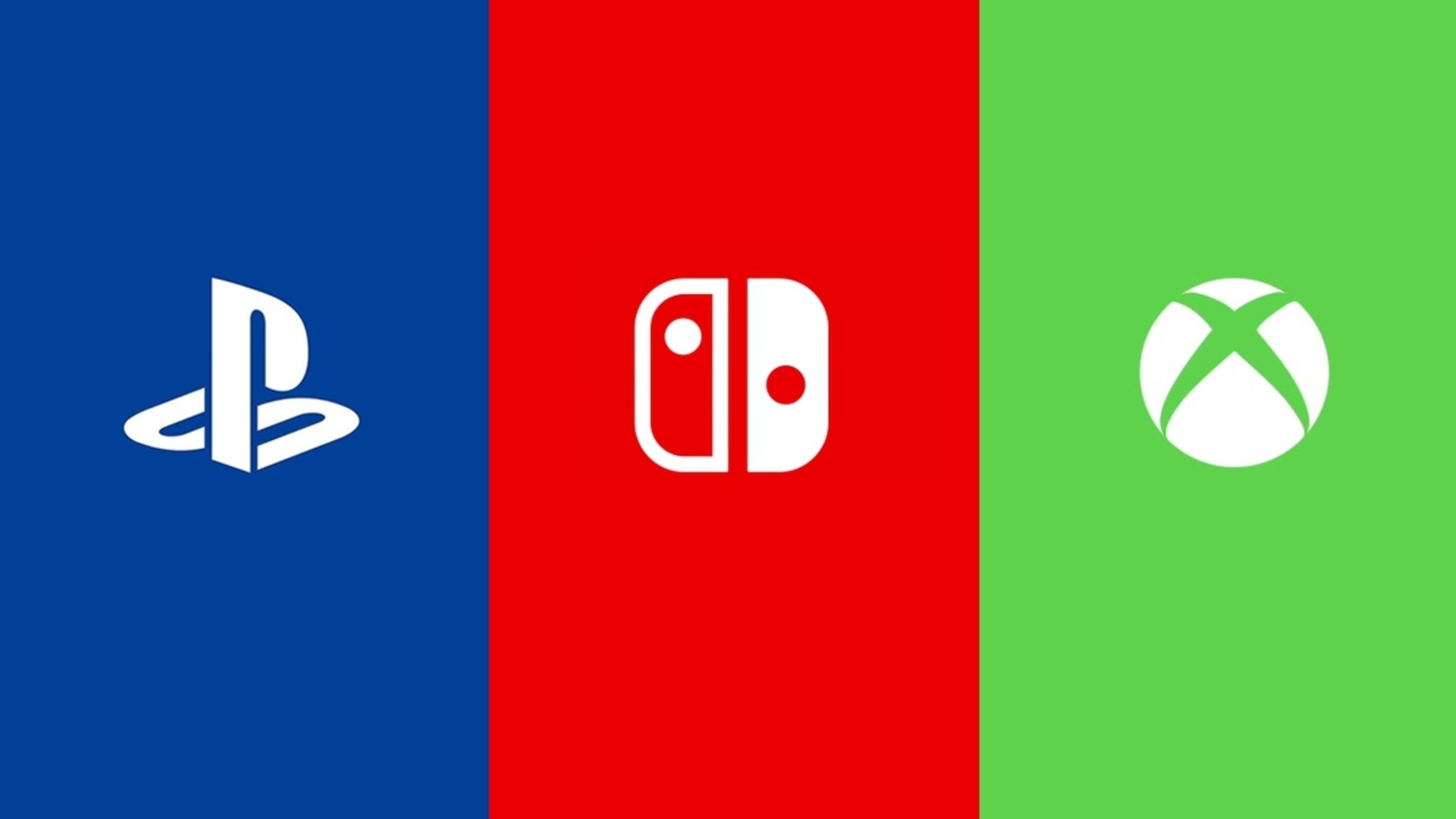
Sony has made the correct decision to address one of its larger oversights of this generation, and actually incorporate backward compatibility into the PS5 from the get go next generation. This entire generation, Microsoft’s amazing and customer friendly implementation of the feature has been a major leg up they have had on PlayStation, but that’s not the main reason for why this feature is so instrumental going into the next round of the consoles—the truth of the matter is, more than ever before, backward compatibility is all important now for ecosystem lock-in.
For years, we have heard the console manufacturers talk about, and then act on, moving their platforms beyond just the hardware, and making them services based. There’s a key reason for that, which I just mentioned above: ecosystem lock-in.
Let’s talk about phones for a minute. These days, if you have a phone, it runs either on Android or iOS. If you’re on iOS, you’re embedded into using Apple services (such as iMessage and iCloud), have an Apple ID tracking your purchases history, have bought apps and games on your iPhones for years, and have years of residue—contacts, notes, calendars, and so on—on your iPhone. Similarly, if you have an Android phone, you are embedded into the Google ecosystem of services, have years of residue on Android devices, and have purchased apps and games for your Android phone for years.
This ends up being a consideration when you buy your next phone—if you have an iPhone, and the new Galaxy looks appealing, you still have to consider factors such as migrating all of your accounts, messages, contacts, appointments, reminders, and so on, on to Android. And while that thankfully can be done, nothing will help you with your apps—you’re going to have to rebuy them all (unless they were free to begin with). This means you’re likelier to stick with the iPhone for your next phone (or an Android, if that’s the one you have), even if there are things about the other side that catch your eye.
Conversely, imagine, for a second, if Apple came out and announced that this year’s iPhone is going to totally break compatibility with the older iPhones. You can still log in with your Apple ID, and retrieve your contacts and appointments and all, but none of your old apps will work, and you’re going to have to download and purchase them again. At this point, there’s less keeping you “stuck” with iPhones—the new phone you buy, whatever it is, is going to need you to start from scratch again, so an Android and an iPhone are on even footing. In fact, existing customers may become so upset that they may not consider an iPhone for their next phone at all.
Which brings us back to games, and why backward compatibility is important. This generation has seen PSN and Xbox Live both get over 50 million users each, and more digital games purchased than ever before. People have built up their friends lists, profiles, achievements/trophies, and purchase histories on these consoles for the last six years. Equally importantly, this is the first full generation we have had since the rise of smart devices, and modern ecosystems like Apple and Google. Customers have been trained to expect rolling compatibility with every subsequent device in a product family thanks to tablets, phones, computers, and literally everything else working that way. In fact, consoles themselves have perpetuated that this generation, thanks to mid-generation upgrades such as Xbox One X and PS4 Pro.
All of which is to say, having backward compatibility is crucial, because it’s one additional incentive for users to stay with their console of choice. For Sony, PS5 is an easier sell to the ~100 million PS4 owners when they point out that their existing ID, friends lists, purchase histories, games, Trophies, activity, all of that carries over to the PS5 wholesale, rather than them having to start over from scratch. Ditto for Microsoft, of course.
Oddly enough, the only company that may be exempt from this kind of necessity of ecosystem lock-in is the one that has probably championed it the most—Nintendo. From the days of the Gameboy, and all the way through to the 3DS and Wii U, Nintendo has, wherever possible, tried to maintain backward compatibility. However, the failure of the Wii U and the success of the Switch are illuminating in this regard—in that they illustrate how little backward compatibility seems to matter to Nintendo’s overall success.
When you think about this, this makes total sense—people rarely buy Nintendo consoles as primary platforms. Rather, Nintendo’s hardware is driven by Nintendo’s software. Which is to say, if Nintendo puts out appealing games on its system, you buy its system to play said appealing games. If Nintendo does not put out those games, you do not buy its system, regardless of whether or not said system may be compatible with one you already have. Which means that Switch 2 could end up not being compatible with the Switch, and people would end up still buying it as long as Nintendo had some great games lined up for it (like a Breath of the Wild 2 or something).
It’s unlikely that Nintendo breaks compatibility with the Switch, of course—they too are looking to build their ecosystem, they too have paid lip service to their commitment to services, they have mentioned that they view the Switch as the foundation for the next 20 years of their platforms, they have mentioned wanting a family of inter-compatible devices, and, as mentioned, Nintendo incorporates backward compatibility wherever possible. But the point here is, apparently, they don’t have to. Their success is independent of that.
But as for PlayStation and Xbox? Those two have chosen a great time to start paying attention to this long neglected feature. Now, more than ever before, backward compatibility is paramount.
















